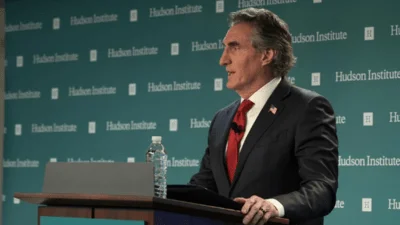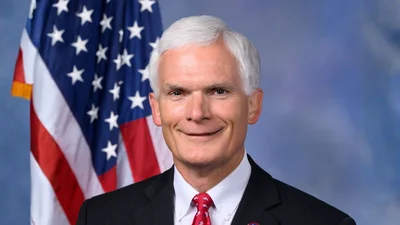Dr. Ely Ratner, the Assistant Secretary of Defense for Indo-Pacific Security Affairs, provided a preview of the Department of Defense's annual China Military Power Report during a conference hosted by the Center for Strategic and International Studies (CSIS) on October 5. According to Ratner, the report emphasizes China's increasing use of the People's Liberation Army (PLA) as an instrument for coercion rather than relying on financial and economic tools to achieve its goals.
The report, which will be released "very soon," highlights the administration's assessment that China is the only country seeking to reshape the global order in a way that undermines U.S. interests and has also been building its capabilities to achieve this objective. The Department of Defense acknowledges the threats posed by China's growing capabilities and its efforts to threaten and destabilize the international order.
Ratner drew attention to China's military activities near Taiwan as an example of its threatening actions. He expressed concern that risky behavior by the PLA increases the likelihood of accidents that could escalate into a conflict. Additionally, Ratner pointed out the expansion and modernization of China's nuclear forces, noting that China refuses to be transparent about this development. Chinese officials have declined multiple invitations to engage in discussions about military concerns with U.S. leaders.
Despite these concerns, Ratner reassured the audience that a conflict in the Taiwan Strait is neither imminent nor inevitable. He cited three major ways in which the U.S. is strengthening its deterrence capabilities.
Firstly, the Department of Defense is investing in initiatives to bolster U.S. military capabilities, exploit vulnerabilities in U.S. adversaries, and address operational challenges in the Indo-Pacific region. The budget request for fiscal year 2024 includes unprecedented levels of funding for research and development aimed at supporting the development of breakthrough technologies that will help deter conflict.
Secondly, the U.S. is working to enhance its alliances with allies and partners in the Indo-Pacific region. Ratner highlighted American support for Japan's efforts to strengthen its counter-strike capabilities and the White House's backing of a new technology initiative in India. The U.S. also continues to assist Taiwan in enhancing its self-defense capabilities in the face of ongoing threats from China.
Lastly, the U.S. is combining its investments with the momentum of its allies and forces to establish a more mobile, distributed, resilient, and lethal position in the Indo-Pacific region. U.S. bombers and fighters are rotating through Australia as logistics cooperation with the country strengthens. In the Philippines, the Enhanced Defense Cooperation Agreement allows U.S. forces to access four strategic locations. Ratner also mentioned the recent defense cooperation agreement established with Papua New Guinea after Secretary of Defense Austin became the first defense secretary to visit the nation.









